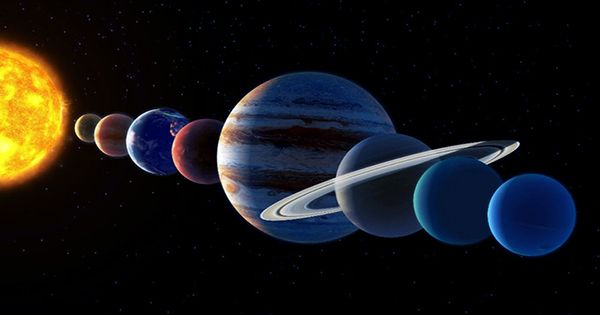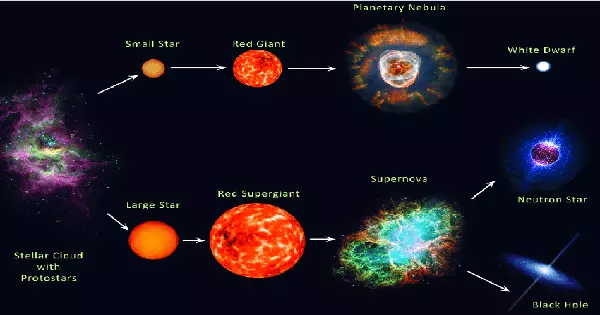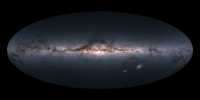Astronomers have found why giant stars appear in locations where they shouldn’t be, such as far outside the galactic plane. The explanation shows that star evolution is significantly more complicated than we normally realize. Near the galactic bulge or plane, stars, especially big ones, develop. On the outskirts of the galaxy, gas is rarely thick enough to condense and form a star, let alone a massive one.
Stars born near the plane occasionally move far above or below it, but a handful of them remain a mystery, having traveled further than they should have been able to in their brief lives. The massive HD93521 is used in a research published in The Astronomical Journal to explain the gap between these stars’ apparent ages and their projected trip time.

In a statement, research author Professor Douglas Gies of Georgia State University said, “Astronomers are detecting huge stars far away from their site of origin, so far, in fact, that it takes longer than the star’s lifespan to get there.” The brighter a star shines and the faster it burns its material, the more mass it has. A star with a mass ten times that of the Sun will have a lifespan almost a thousand times shorter than the Sun.
HD3521 has a mass that is 17 times that of the Sun. It should have a lifespan of roughly 20 million years. It appears to be only about 5 million years old, give or take two million, with plenty of unconverted helium, which makes its position 3,600 light years above the galactic plane all the more perplexing. Even if it started right after formation, it would have taken 39 million years (plus or minus three million) to reach there based on its present speed.
In cases like these, astronomers have three options: the star is considerably older than it appears, it formed far away from the galactic plane, or it was flying at a breakneck pace before something slowed it down. The final of these is mainly ruled out due to the lack of neighbors to offer a braking force.
The authors of the study explain HD3521 as the result of a recent merger of two stars. When the same mass is distributed among two or more stars, the fusion process takes longer. If the material that now makes up HD3521 had been distributed fairly evenly before, each component would have taken around 40 million years to evolve to its current state. The twin stars would have to have started traveling together from the cosmic plane soon after their birth — but an early start isn’t surprising. Massive stars are created in clusters, where enormous forces, such as gravitational slingshots from larger stars or the blast of a nearby supernova, can propel those outwards.
Mergers of stars are uncommon, but they do occur when their original orbits are extremely close together. Rapid rotation is a telltale sign of a previous merger: the angular momentum of their common orbit needs to go someplace, and it ends up spinning the merged star very quickly. The rotational speed of HD93521 is difficult to determine, however it appears to be among the quickest we’ve seen.
Peter Wysocki, a co-author and graduate student, is looking for examples to illustrate that HD3521 is not unique. He recently presented a paper alleging that one of the giant runaway pair IT Librae is taking information from the other before the full merger. The process is revitalizing the higher mass star, making it appear younger than its true age, resulting in the formation of another HD93521.















